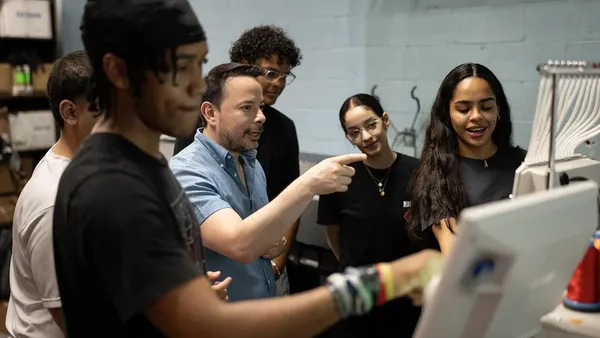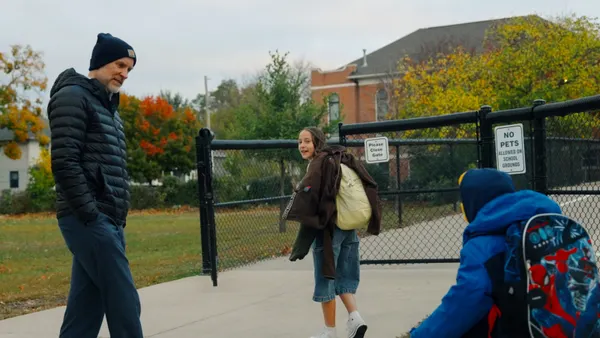Dive Brief:
- Jaclyn Wehmeier is a big proponent of home visits, where she meets her students’ families and learns about their lives. Wehmeier even takes selfies with students at Christel House Academy South in Indianapolis, Indiana, and posts them on her classroom door, wrote Chalkbeat in an interview with the 3rd grade teacher.
- These experiences have changed how she assigns work at night. Wehmeier found some students don’t have a dedicated place to do their homework, while others get home from after-school jobs and activities just at dinner time.
- By removing some of that demand, she found it alleviated student stress, particularly for pupils who were feeling they couldn’t get their work done.
Dive Insight:
Homework is a given in schools. Even in elementary grades, children come home with worksheets, assignments, pages to read and calculations to complete between hours after school and bedtime. But is this work useful to their education? Do students benefit from working at school — and again at home?
One rule of thumb around homework is that students have 10-minutes of homework per their grade level, which means that by senior year, the 12th grade, students would have about two hours of work at night. Most parents of high school students would laugh at that number, as they watch students work on assignments while they eat dinner, and then into the late evening hours. And some middle school students already have close to that amount.
Ultimately it may be the type of homework that determines its worth. A 2015 from the American Psychological Association, “Adolescents’ Homework Performance in Mathematics and Science: Personal Factors and Teaching Practices,” emphasized the quality of homework over the time spent completing it — that “repetition or revision of content,” is less valuable than homework that takes some mental exertion.
But teachers and administrators should be careful when assigning homework that is “…so challenging that it discourages effort.” This is one reason why many schools have shifted to lipped assignments in which students watch a video or read some material at home and do the homework-type assignments in class where they can receive instructional support.










